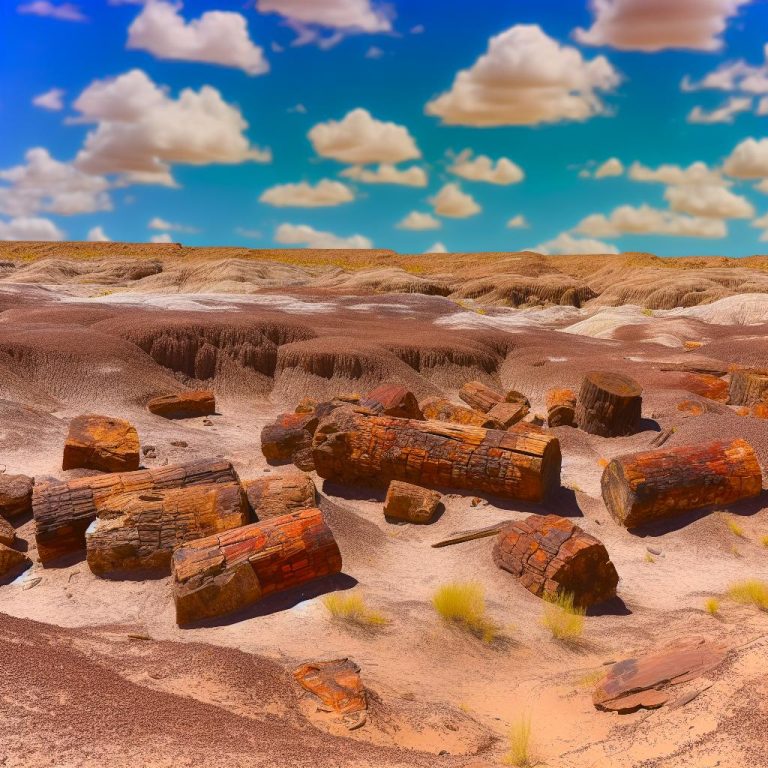Introduction to Bosques Petrificados National Monument The Bosques Petrificados National Monument is nestled in the picturesque landscape of Argentina’s Santa Cruz Province. This remarkable site offers a preserved collection of petrified wood, making it an integral window into the distant past of our planet. Commonly known in English as “Petrified Forests,” this monument encompasses an…
Author: admin
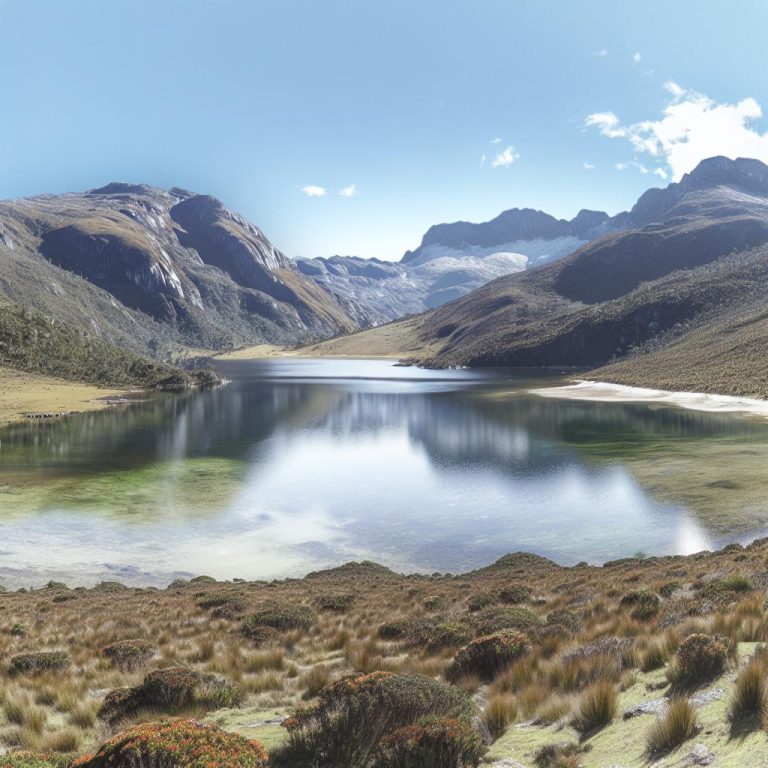
Laguna Brava
Location and Geography Laguna Brava, a remarkable salt lake, is nestled in the province of La Rioja, Argentina. This natural marvel is positioned at an impressive altitude of approximately 4,200 meters above sea level. Such elevation places it among the high-altitude geographical features of the Andean region. The lake forms an integral part of the…
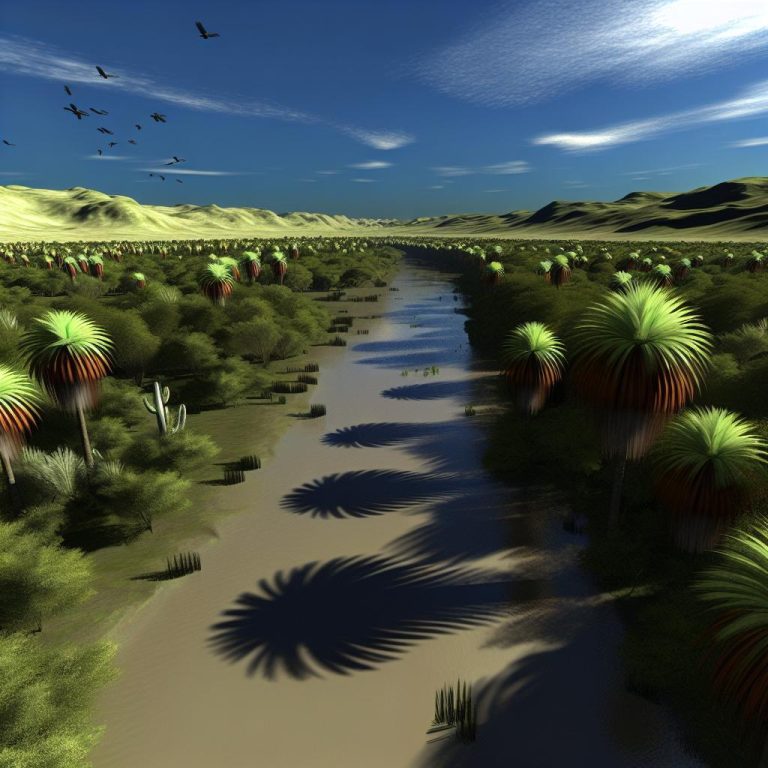
El Palmar National Park
Location and Overview El Palmar National Park is located in the Entre Ríos Province of Argentina. This iconic park is well-known for its extensive groves of palm trees, particularly the yatay species, which are indigenous to the area. Established in 1966, the park’s primary aim is to conserve its unique vegetative species and the diverse…
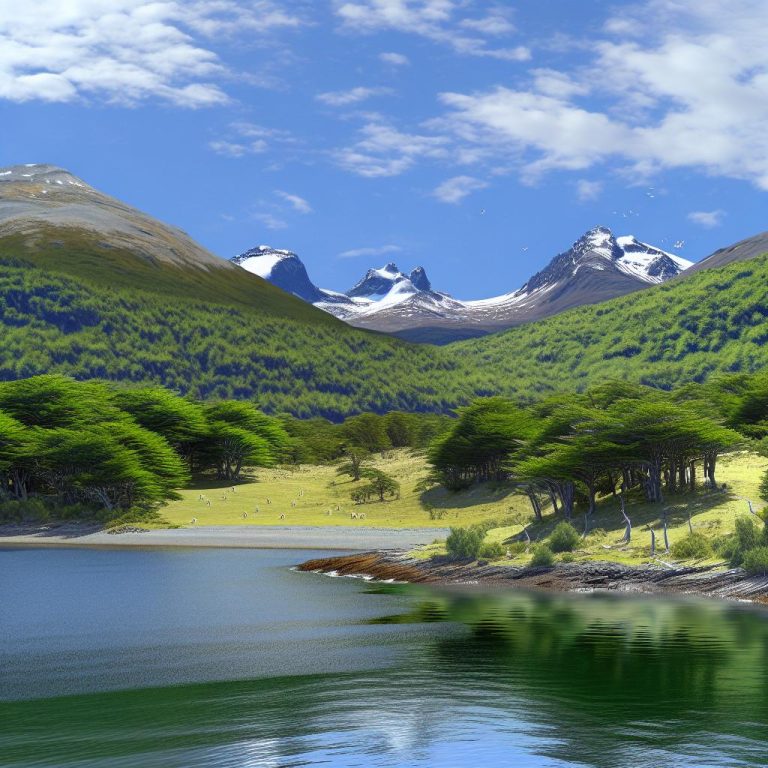
Tierra del Fuego National Park
Overview of Tierra del Fuego National Park Tierra del Fuego National Park, stretching over an impressive 69,000 hectares, sits proudly on the Argentine side of the island of Tierra del Fuego. It holds the distinction of being the southernmost protected wilderness area in Argentina. Located a mere 12 kilometers west of Ushuaia, which is recognized…
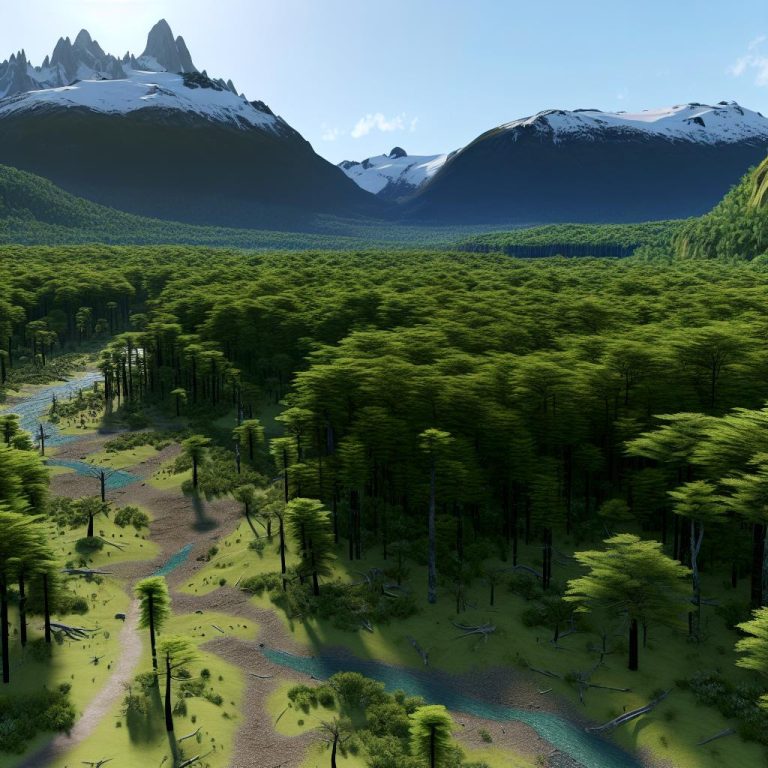
Lanín National Park
Overview of Lanín National Park Lanín National Park is a prominent conservation area located in the Patagonia region of Argentina. Established in 1937, the park spans an impressive area of approximately 3,920 square kilometers. This vast landscape is home to diverse ecosystems and notable natural landmarks. Named after Mount Lanín, an extinct stratovolcano that towers…
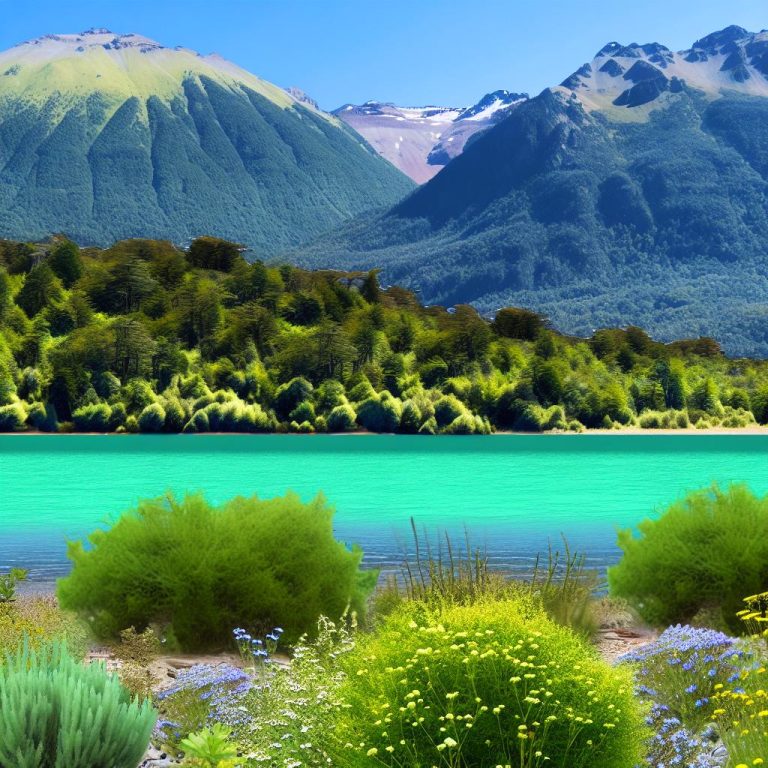
Lago Puelo National Park
Overview of Lago Puelo National Park Lago Puelo National Park, nestled in the northwest region of Chubut Province in Argentina, represents a pristine tract of wilderness that offers a profound experience of nature’s splendor. Spanning an impressive 276.74 square kilometers, the park was officially established in 1937, becoming a crucial component of the Andean Patagonian…
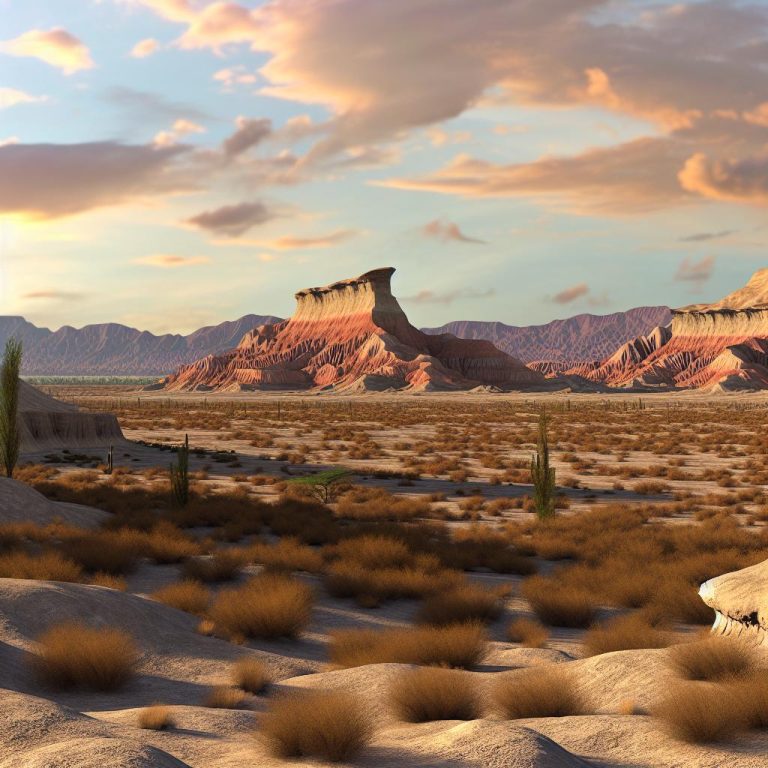
Ischigualasto Provincial Park
Ischigualasto Provincial Park: An Overview Ischigualasto Provincial Park, colloquially known as Valle de la Luna or “Valley of the Moon,” is a prominent natural area situated in the northwest region of Argentina, within the San Juan Province. This remarkable park, designated as a UNESCO World Heritage Site, is celebrated for its extraordinary geological structures and…
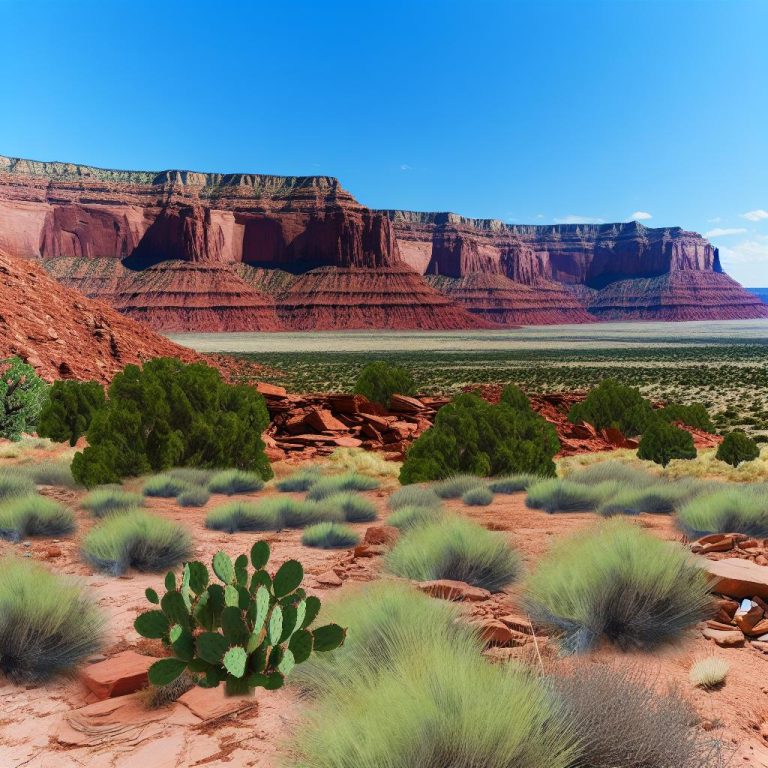
Talampaya National Park
The Significance of Talampaya National Park Talampaya National Park, nestled in the La Rioja Province of Argentina, encompasses a sprawling landscape covering approximately 2,150 square kilometers. Established in 1997, the park quickly garnered international recognition, being designated a UNESCO World Heritage site in 2000. It shares this esteemed status with the nearby Ischigualasto Provincial Park…
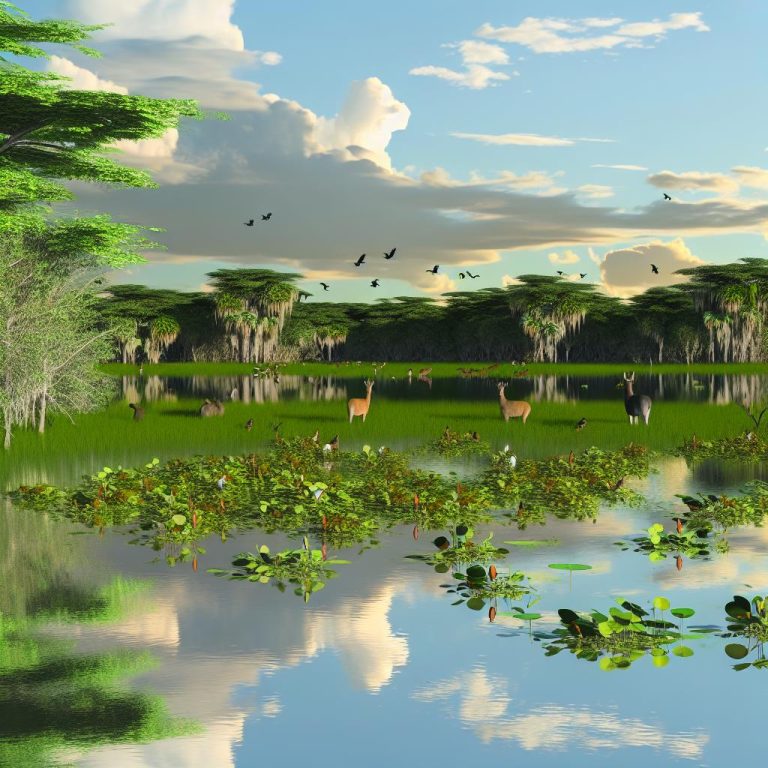
Iberá Wetlands
Introduction to the Iberá Wetlands The Iberá Wetlands, known as Esteros del Iberá, are a vast and intricate network of marshes, lagoons, and swamplands located in the northeastern section of Argentina, specifically within the province of Corrientes. Covering more than 13,000 square kilometers, this unique ecosystem ranks among the world’s most significant wetland regions. Its…
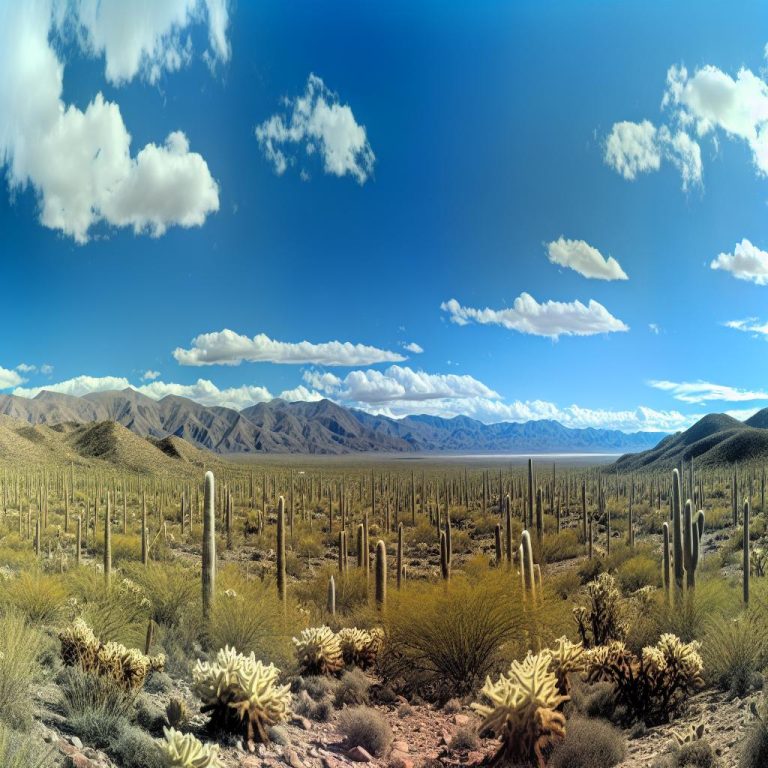
Los Cardones National Park
Introduction Los Cardones National Park, situated in the northwestern region of Argentina, is a sprawling sanctuary for nature enthusiasts and adventurers alike. Encompassing an area of approximately 650 square kilometers, it is located in the province of Salta. The park offers visitors a chance to explore a diverse range of flora and fauna unique to…

